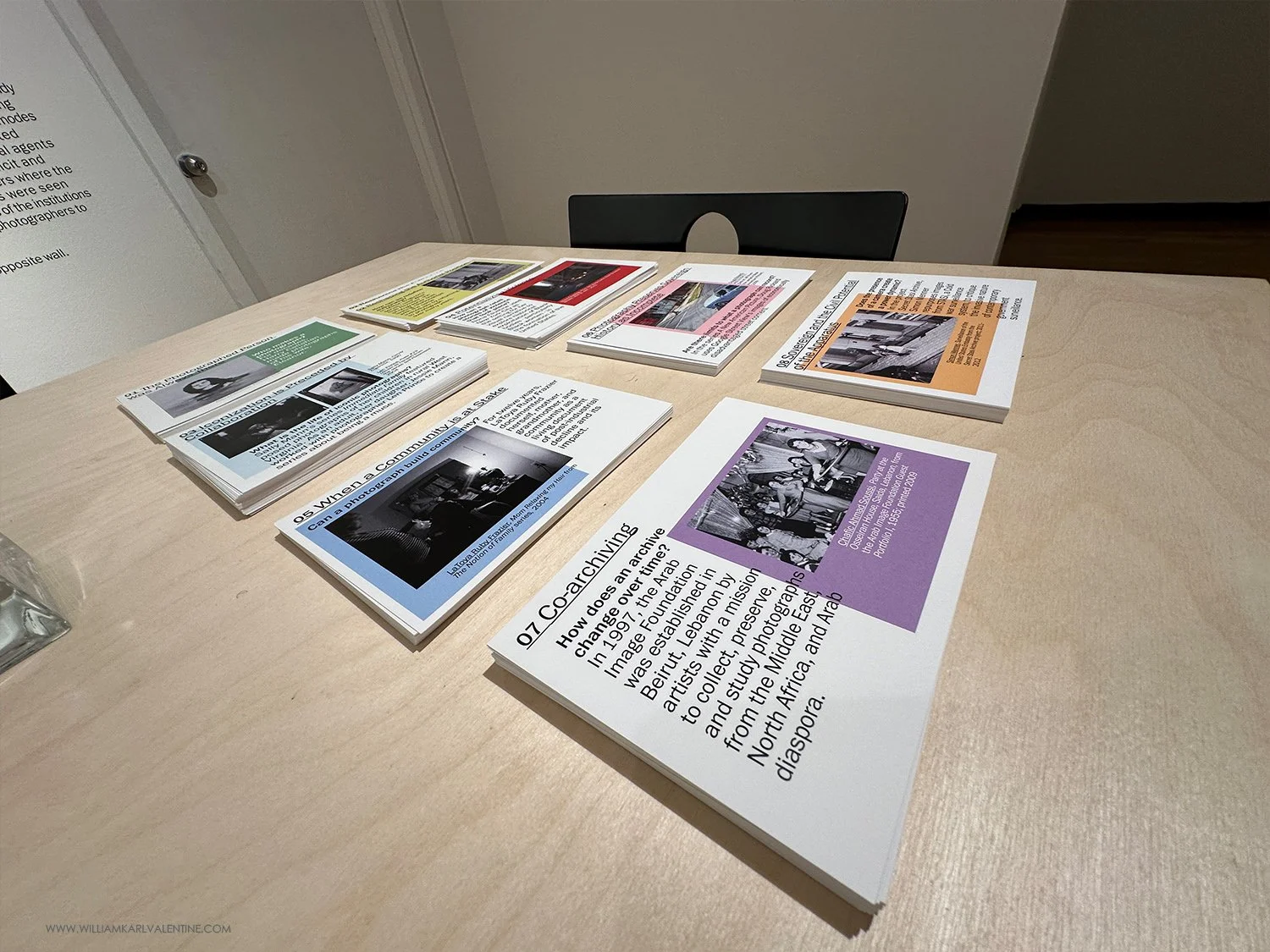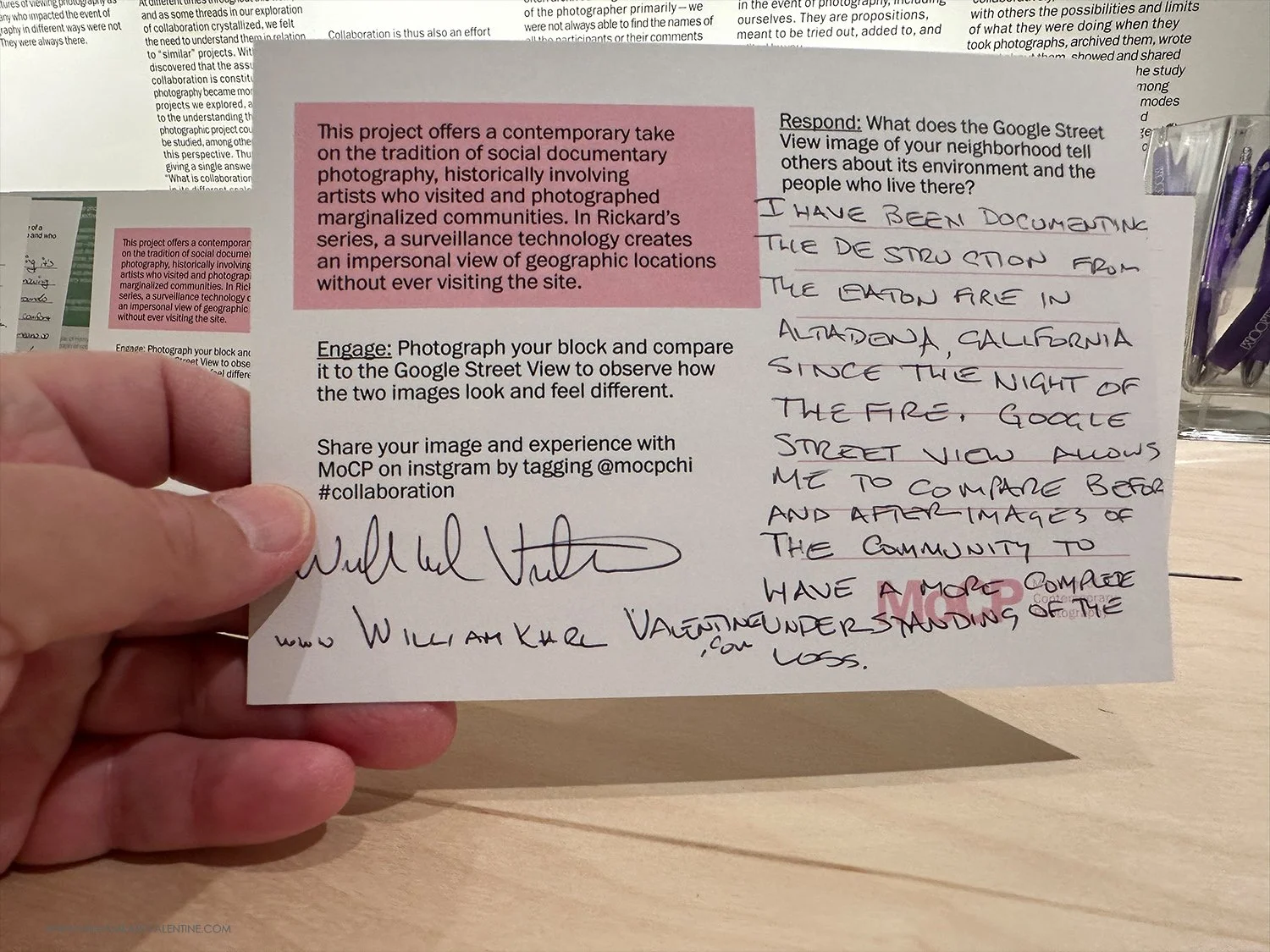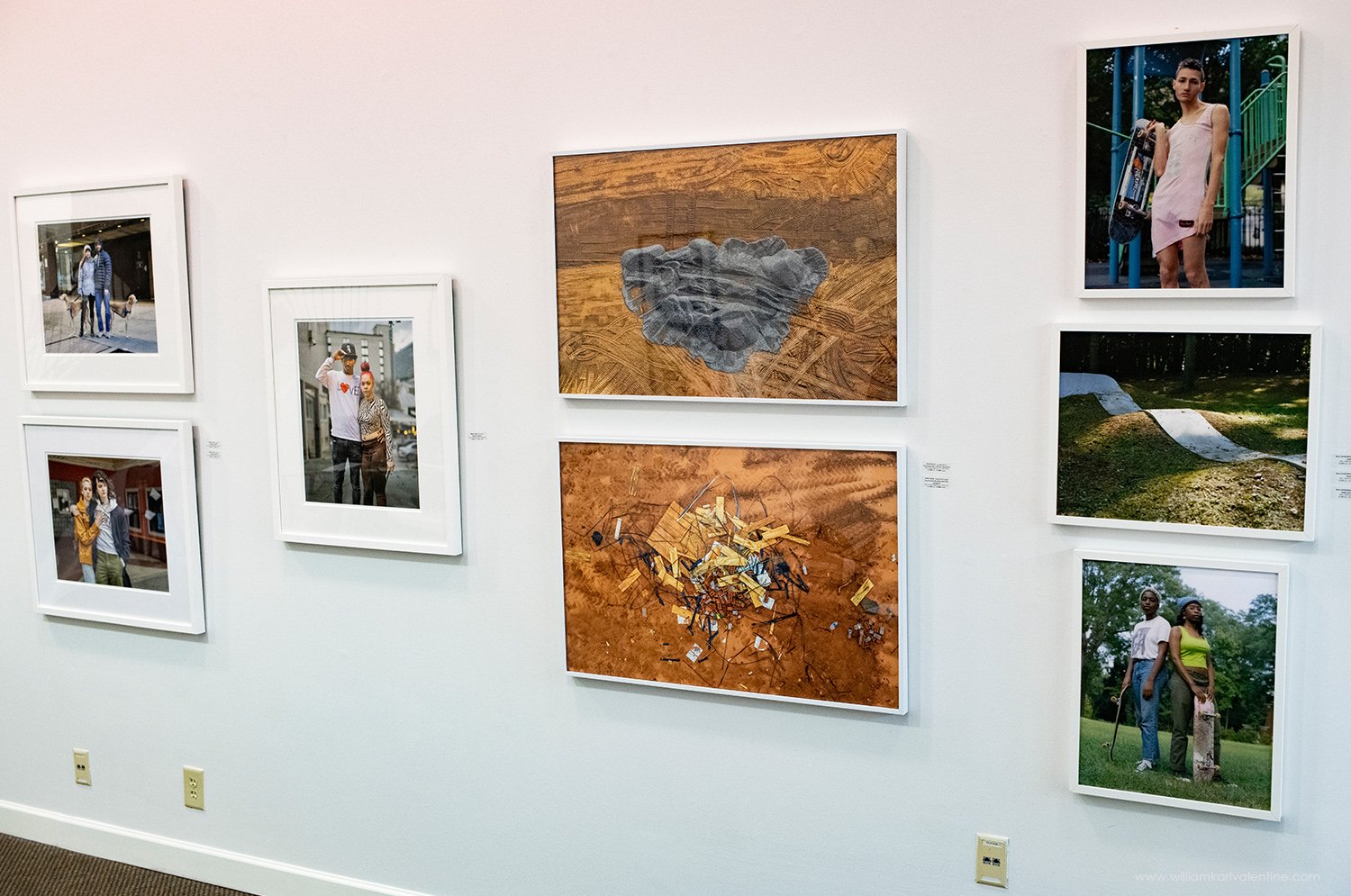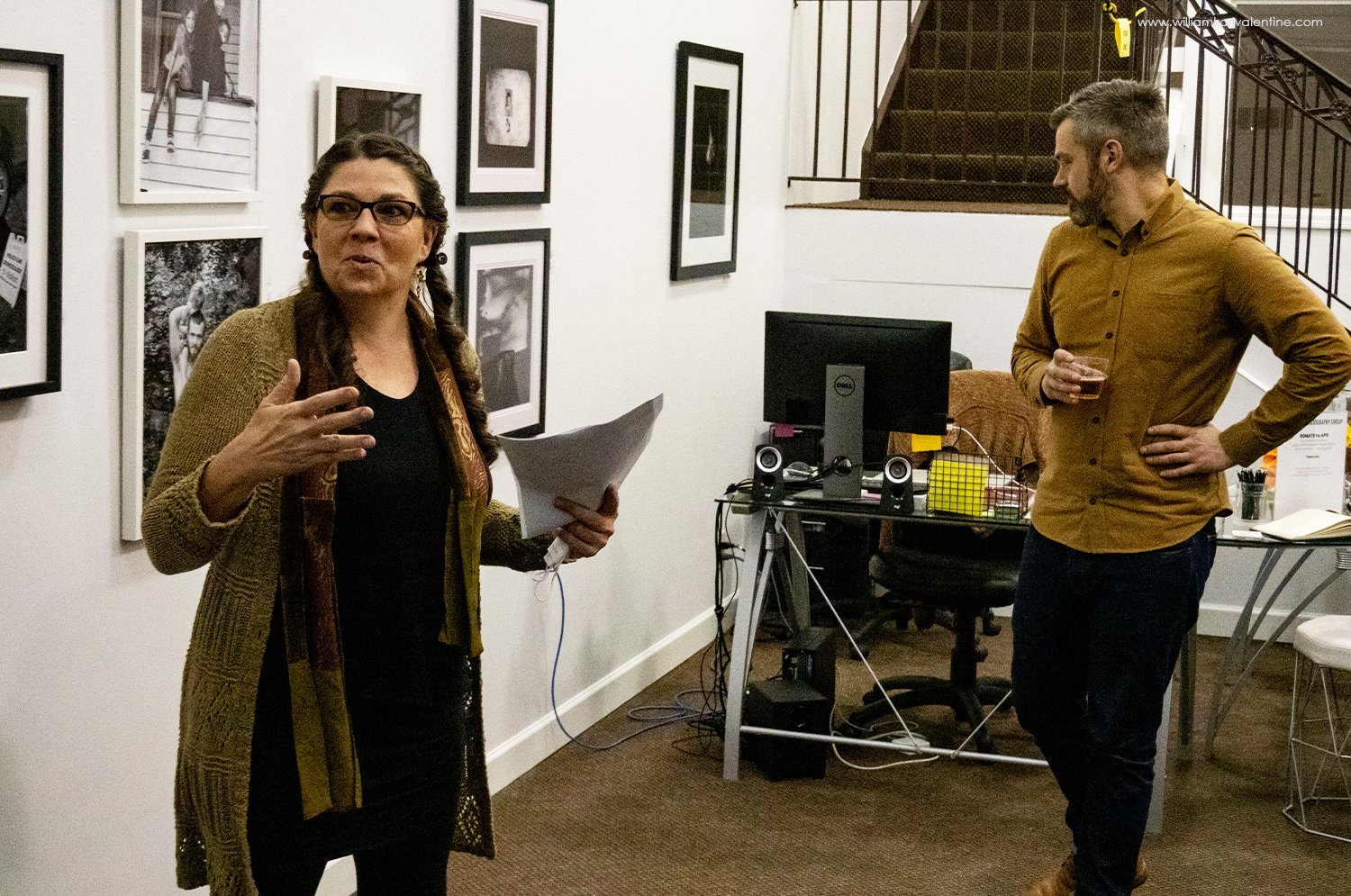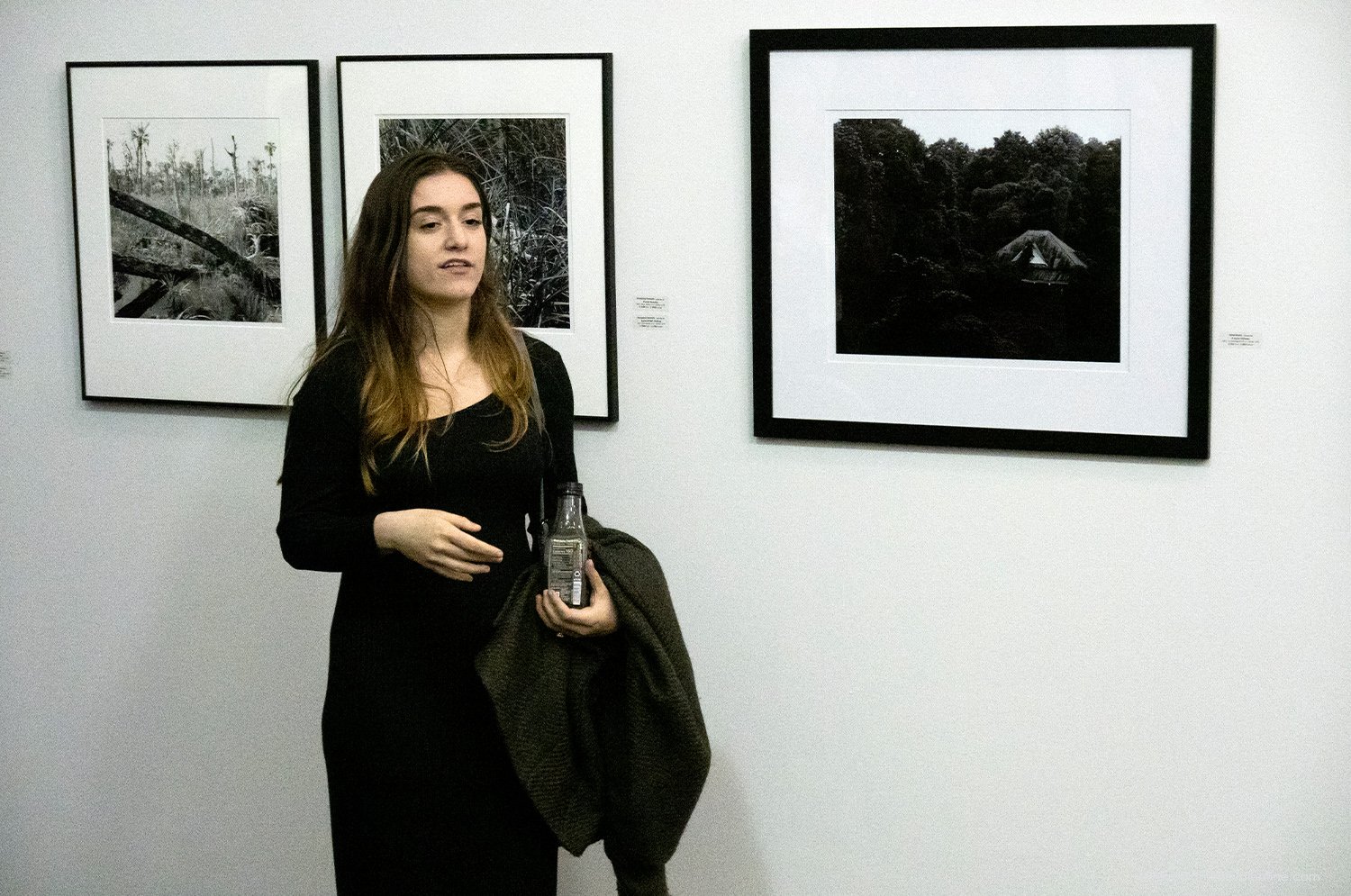The Museum of Contemporary Photography in Chicago is an amazing space. Architecturally its beautiful and the way you wind through the space to see an exhibition is cool. It allows curators to be creative with the layout and content they exhibit. I have seen a few exhibitions there and I have never been disappointed. I wrote a blogpost about MoCP last year and you can compare how versatile the by checking out that blog post from 2024.
MoCP describes themselves as this on their website:
Museum of Contemporary Photography at Columbia College Chicago (MoCP) is a premier college art museum dedicated to photography. As an accredited art museum with the American Alliance of Museums, MoCP is a renowned photography specific institution whose mission is to generate ideas and provoke dialogue through groundbreaking exhibitions, innovative programs, and experiential events to cultivate a deeper understanding of the artistic, cultural, and political roles of photography in our world today.
Founded in 1976 by Columbia College Chicago as the successor to the Chicago Center for Contemporary Photography, the Museum of Contemporary Photography began collecting in 1979 and has since grown its collection to include nearly 18,000 artworks by 2,000 artists.
I was only in Chicago for a long weekend this year and had planned on finally getting out to Filter Photo to see that space and of course to get back to the Art Institute like I always do (I keep a membership there even though I live in Southern California). I wanted to see if there was any other current exhibition I should get to, so I reached out Greg Harris if there were any must see exhibitions in Chicago at that time. Greg is the Curator of Photography at the High Museum in Atlanta, but he studied and worked in Chicago before taking a position at the High. Greg didn’t hesitate with his reply and said the current exhibition at MoCP was very good, and he was absolutely correct.
The exhibition was Collaboration: A Potential History of Photography in Dialogue with the MoCP Collection. It ran from May 30th through August 16th, 2025. The exhibition was guest curated by Wendy Ewald, Susan Meiselas, and Laura Wexler, along with Kristin Taylor, MoCP Curator of Academic Programs and Collections. A catalogue also accompanied the exhibition.
The exhibition really did encompass a lot of the medium’s history, and I loved how they designed the exhibition by utilizing color on the walls to highlight the grouping of images. I have never seen this approach before, nor have I ever thought about it, but it worked so well. It was especially nice when you got the interactive part of the exhibition, and it really helped tie the viewer into the exhibition. Any history project needs words to put items in context and good that they did that on the walls. There was a lot of text on the walls, but I don’t know how they could have cut that back and still told the story. Usually, the catalogue has most the information, but they also found a way to get those words on the walls. The curation was thoughtful and inclusive, and it speaks well to MoCP’s amazing collection.
I am not going to attempt to talk about everything in the exhibition because there was so much content. I encourage you to look at MoCP’s Instagram account for more details on the exhibition as well as my gallery below that documented my visit. Whenever you visit Chicago, I would suggest checking to see what MoCP has up in their gallery, it is usually worth the time to get to down there.
I love interactive exhibitions, and this part was perfect for what I have been photographing this year. Outstanding Idea!


































